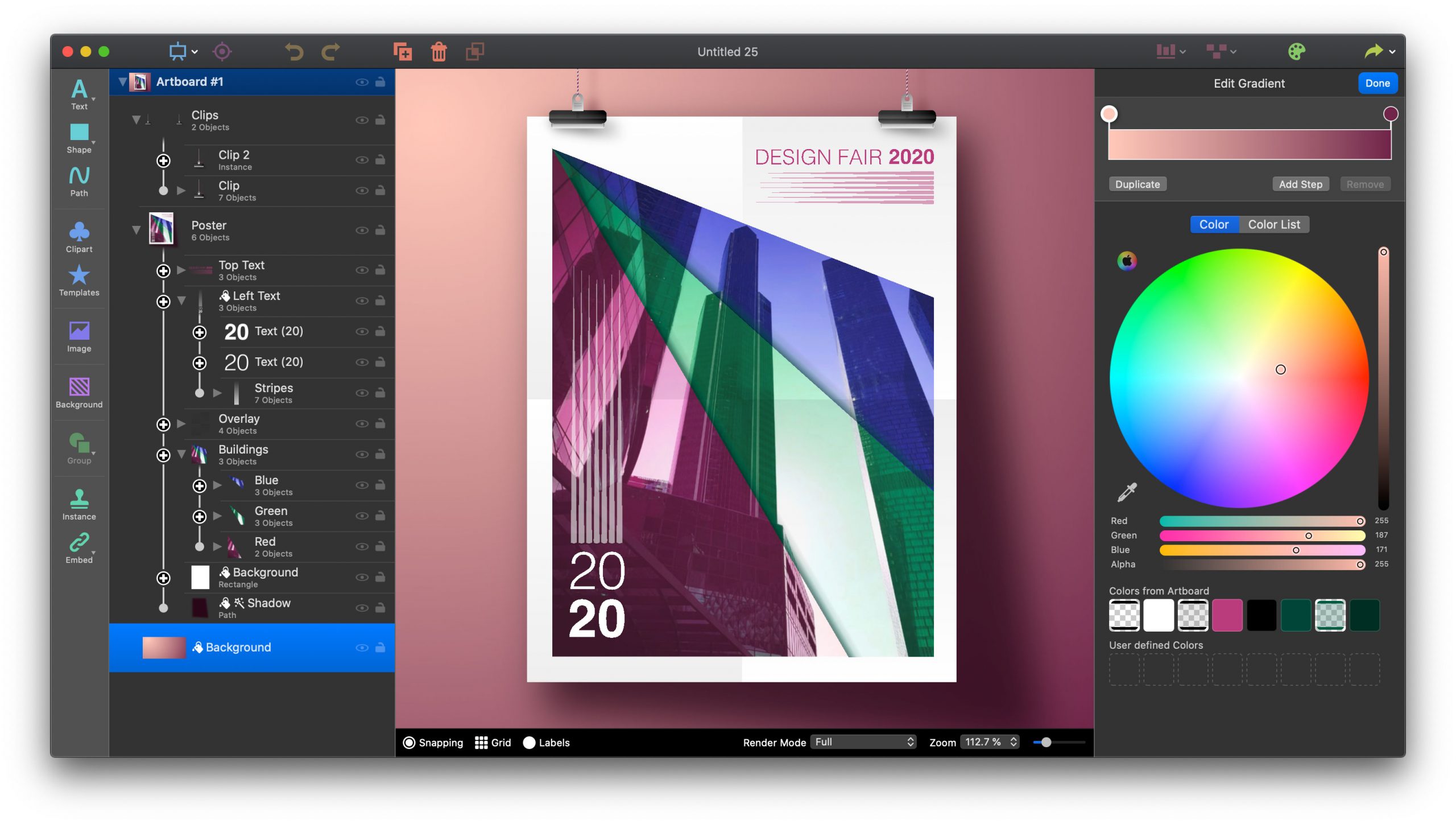
This is the overall light in a space that comes from recessed cans, overhead lights, chandeliers, pendants, indeed any light that spreads light broadly into the space. This type of lighting is used for specific tasks such as reading or cooking.

It is usually brighter than ambient lighting and is often directed towards a specific area. This can include under cabinet lights, pendant lights, or desk lights next to an area of study. This is the layer that creates interest and depth in a space. It is usually softer and less intense than ambient or task lighting. It is used to highlight certain features or create a particular mood and can include track lighting, recessed lighting, or table lamps. What is The Difference Between Ambient, Task & Accent LightingĮach type of lighting or layer either supports the others or takes center stage.

They also wanted a responsive solution that would be easy to implement. One possible answer is to use PHP to generate URL variables for a element, an approach similar to the one I’ve provided in the simple server-side image gallery. There are also many JQuery plugin candidates, but it seemed excessive to load in a 100K framework just to create a playlist. Instead, I opted to show the students a solution using native JavaScript, using the principles of progressive enhancement. The easiest way to start development on the video playlist is to work from the base HTML upwards.

The construction of the HTML makes the simple assumption that the CSS and JavaScript we add later will fail to work as intended.įor this example I’ll reference outtakes from Marsel Van Oosten’s and Daniella Sibbing’s spectacular astrophotography timelapse Nambian Nights, licensed under Creative Commons. Obviously, that’s not what we want to happen, but it’s the pragmatic default state. Keeping this approach in mind, our markup looks something like this: HTML is the base layer of our web page: if we build that to serve as many visitors as possible, then CSS and JavaScript can be considered an enhancement to the basic experience. (For the same of clarity, I’m placing all files in the same location. I’m also assuming that all browsers using the page understand HTML5 video: if that assumption was unreasonable, there are further fallbacks I could write in).
Logoist templates mp4#
Mp4 version of the videos, which will be displayed in the majority of browsers.


 0 kommentar(er)
0 kommentar(er)
